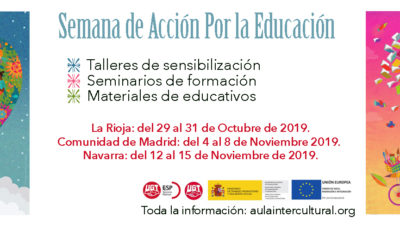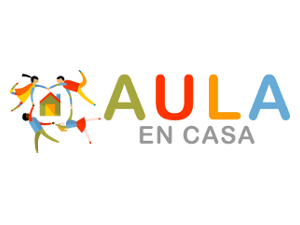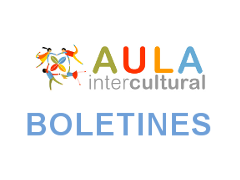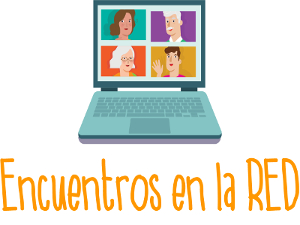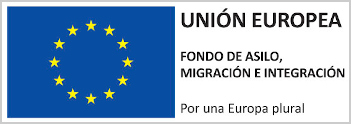Language of the Month. Activities
Introduction
No child should be expected to cast off the language and culture of the home as he crosses the school threshold, nor to live and act as though school and home represent two totally separate and different cultures which have to be kept firmly apart. The curriculum should reflect many elements of that part of his life, which a child lives outside school. Bullock Report (1975)
Why have a “Language of the Month”?
There are many reasons why we should know about one another’s languages, including the following:
· To give bilingual children the opportunity to demonstrate the language skills they bring to school.
· To enhance the status of bilingual children.
· To broaden the horizons of monolingual Englishspeakers.
· To show respect for other languages and cultures.
· To give parents an opportunity to be actively involved in their children’s learning.
How to use this booklet
Just dip into the booklet, try the activities and highlight those you like. Most of the activities are games which are best played for about 10 minutes so that the children will want to play them again when learning other languages. Spread the activities over the month and adapt them to suit your class. For example, play two 10minute games per week and use stickers to reward the children for playing the games well.
When to use the activities
There are many subjects competing for time on the school curriculum. Teachers will make time to promote language awareness if they believe it is a priority. The following are examples of when teachers have used the ideas in this booklet: a weekly 15minute Language of the Month slot on the timetable; during circle time; as a “brain break” during numeracy lessons; as part of the school day, e.g. registration and fruit time; during story time; between lessons; before play; during assemblies; and during other subjects, e.g. geography and PE.
The Language of the Month website at www.newburypark.redbridge.sch.uk has the programs, audio files and resource packs that are referred to in this booklet. Further copies of this booklet can also be downloaded from this website.
Contents
Page
Introduction 3
Language of the Month Activities 4
Section 1: Who speaks the language? 4
Section 2: Listening to speakers of the language 5
Section 3: Welcome 5
Section 4: Hello 5
Section 5: Good morning and good afternoon 6
Section 6: Goodbye 7
Section 7: Thank you 7
Section 8: Yes, no and well done 7
Section 9: Come here and sorry 8
Section 10: Please 8
Section 11: Numbers 1 to 12 9
Section 12: All the First Words and Numbers 1 to 12 11
Section 13: Questions and answers 14
Section 14: Learn more words 15
Section 15: Other language awareness activities 16



